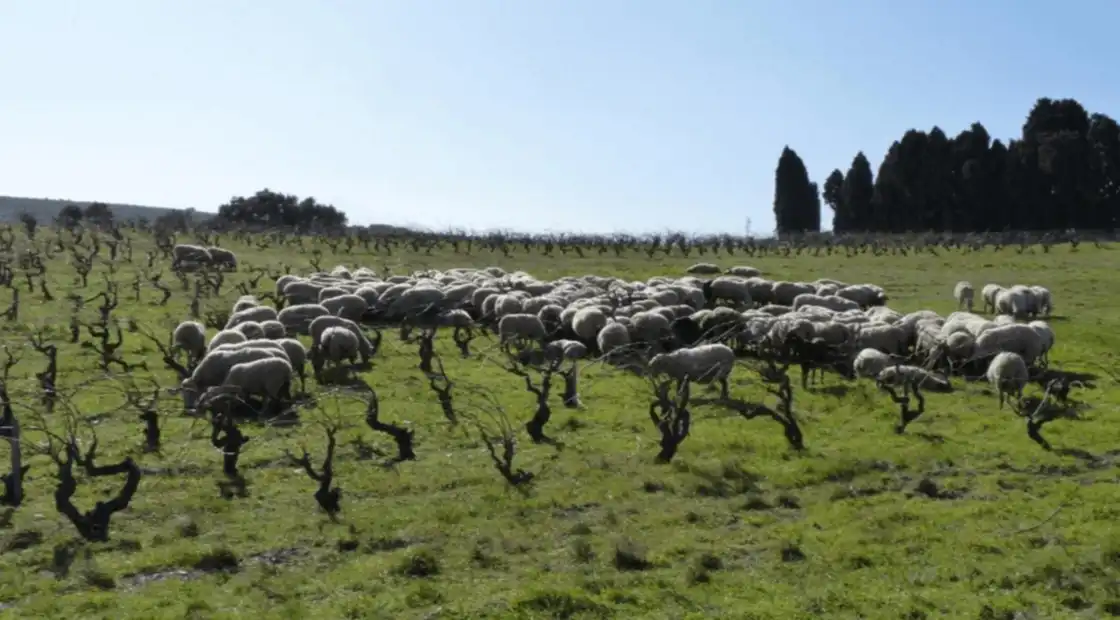Reconnecting livestock and specialized plants: a resource center to support farmers

A national survey of reconnection practices
This talk, presented at SIVAL 2025 by the Pays de la Loire Chamber of Agriculture and ASTREDHOR, highlighted current practices for reintegrating livestock farming into specialized vegetable production. A national survey of 149 growers revealed that 45% of respondents use or have used these methods, while 25% are considering adopting them. Of these, the majority work in arboriculture (39%) or viticulture (31%).
The animal species chosen vary, with sheep predominating (50%), followed by poultry and palmipeds. Main motivations include weed management, improved soil fertilization, fuel savings, and possible income diversification. However, certain obstacles remain, notably the difficulty of finding a partner farmer, the risk of crop damage and the additional workload induced by the presence of livestock.
Research projects on crop-livestock interactions
Initiatives such as BrebisLink (2018-2020), Dépasse (until 2022) and VitiPasto (completed in 2021) have analyzed the results of these practices. The integration of animals grazing between vine rows or under fruit trees has proved effective for plot maintenance, reducing the need for mechanical intervention. Poultry, on the other hand, can pose difficulties due to their scratching behaviour.
Concrete economic benefits have been demonstrated, notably a reduction in the number of mechanical passages, which can generate savings of 50 to 100 euros per hectare in arboriculture. In viticulture, these practices modify the timing of interventions without reducing the need for them.
From an agronomic point of view, the impact on soil compaction was assessed. In the cases studied, when the animals were well managed, no significant degradation was observed. In addition, grazed areas showed greater botanical diversity and a higher rate of leguminous plants, contributing to nitrogen fixation.
A resource center to support farmers
To help professionals implement these practices, a resource area dedicated to the reconnection of livestock farming and specialized vegetation will soon be available on the GECO platform. This tool will provide access to technical data sheets, operator testimonials and regulatory guides.
Contents will cover various aspects such as adapting animals to crops, managing grazing cycles, as well as the precautions to be taken to limit risks, particularly in terms of biosecurity and biological compatibility with organic farming.
The mapping of testimonials will also facilitate networking between farmers, enabling them to share practices and identify partners more easily. A regulatory section will clarify administrative procedures and help farmers to structure their projects with peace of mind.
STAKEHOLDERS
MELANIE GOUJON - Head of research and innovation in organic farming - CHAMBRE D'AGRICULTURE DES PAYS DE LA LOIRE